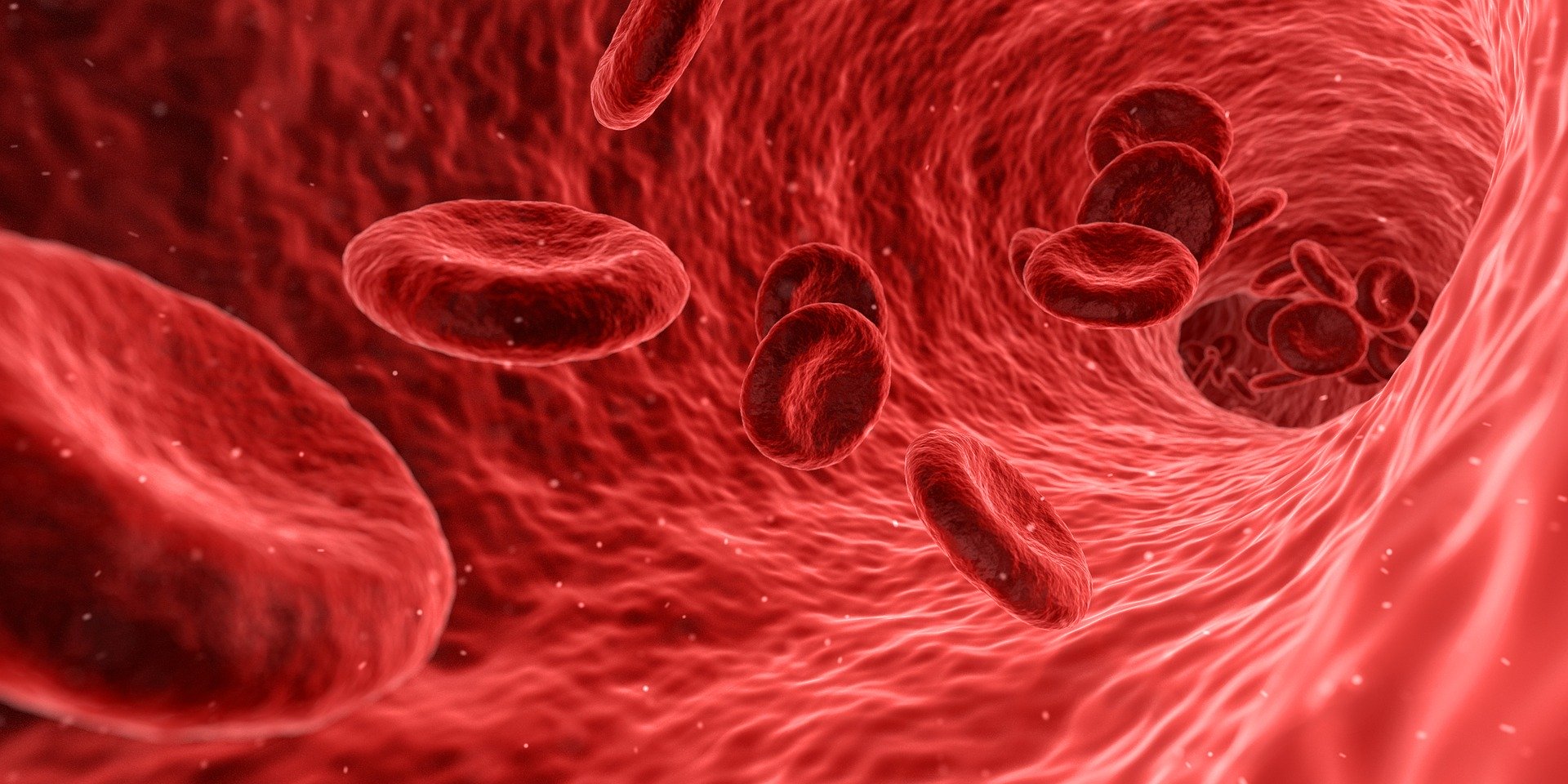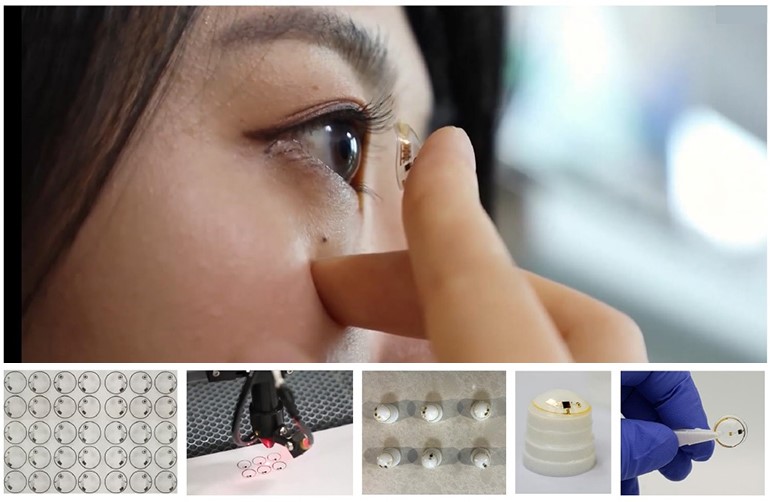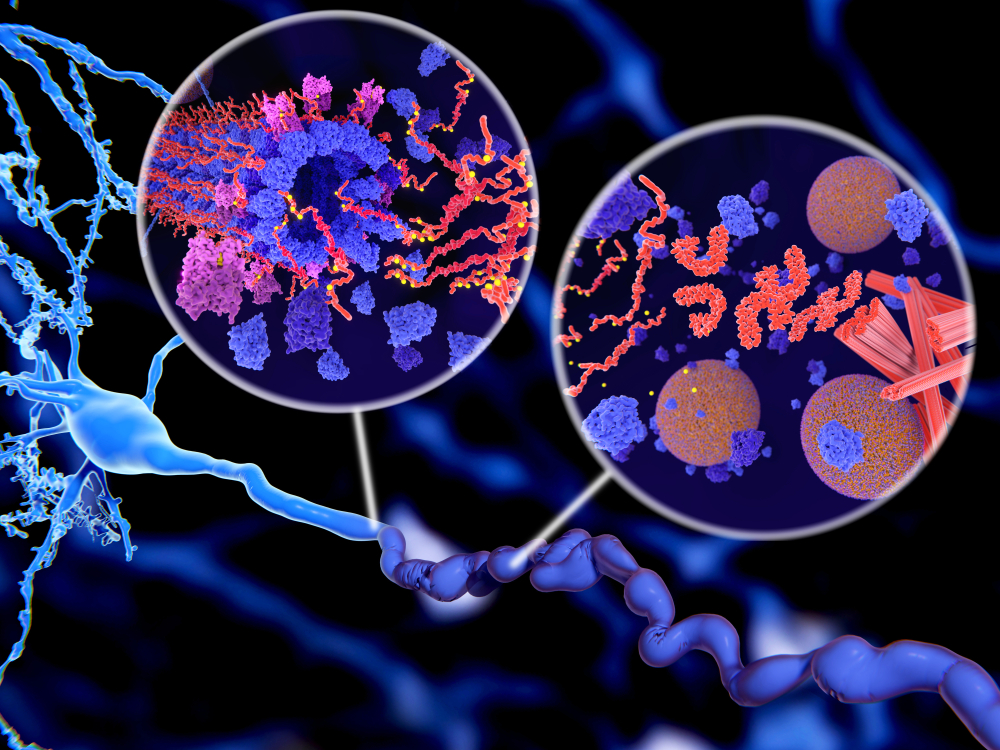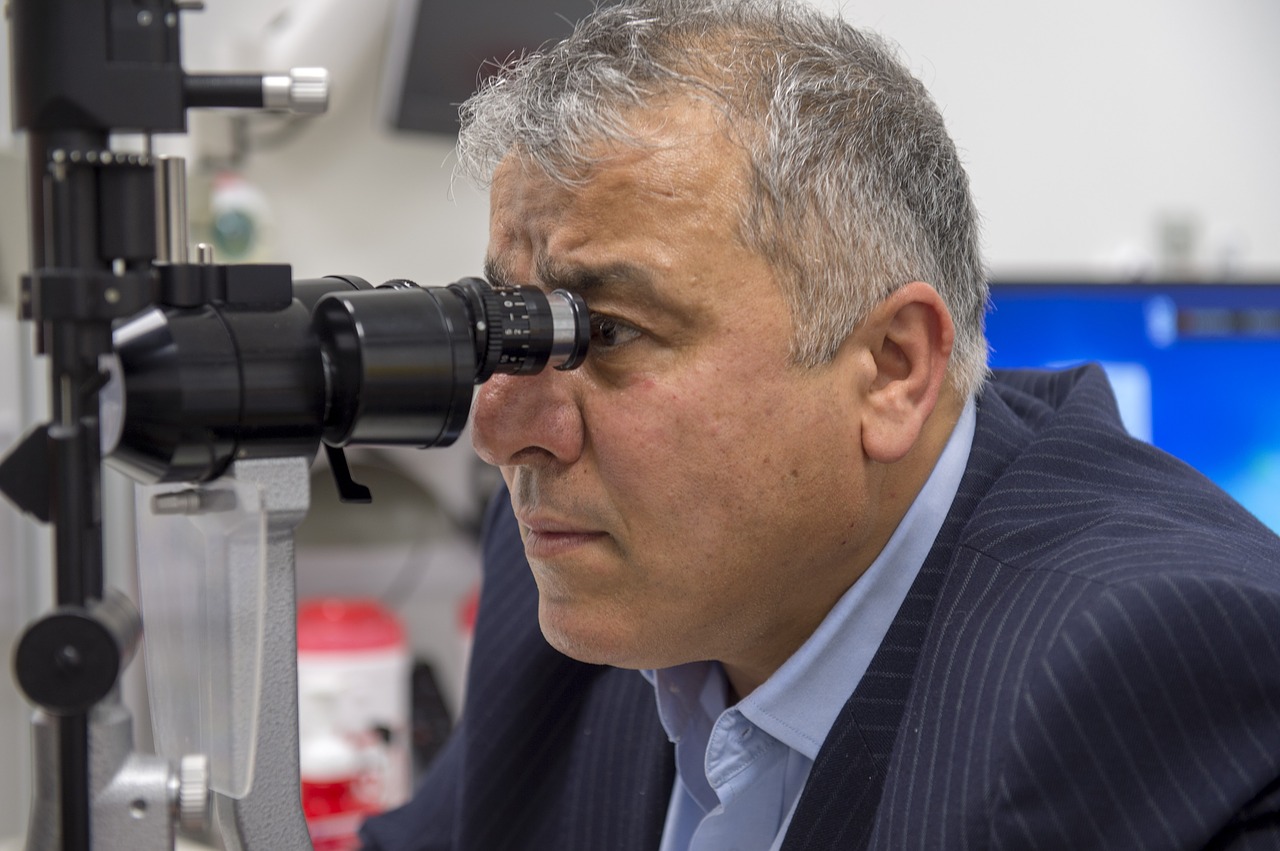University of Nottingham researchers have developed a wearable head scanner that can perform whole brain imaging to diagnose brain changes associated with mental illnesses as well as neurodegenerative diseases like Alzheimer’s. The device is worn like a headpiece and can perform scans even when a person is moving, allowing for functional neurological imaging.
The researchers first developed a prototype of the head scanner in 2018, and through further research, have expanded its capacity to include 49 fully-functional channels (an increase from the 13 channels that the initial model had). The device can scan the entire brain and track electrophysiological processes that underlie a number of different mental health problems. The findings are published in the journal Neuroimage.
Related: Tackling Multiple Pathways with One Alzheimer’s Drug
The development of the wearable head scanner was led by Professor Matt Brookes from the University of Nottingham who, in talking about the device and its potential uses, said, “Understanding mental illness remains one of the greatest challenges facing 21st century science. From childhood illnesses such as autism, to neurodegenerative diseases such as Alzheimer’s, human brain health affects millions of people throughout the lifespan. In many cases, even highly detailed brain images showing what the brain looks like fail to tell us about underlying pathology, and consequently there is an urgent need for new technologies to measure what the brain actually does in health and disease.”
MEG vs. EEG
The brain scanner uses magnetoencephalography (MEG) to measure brain activity at a millisecond-by-millisecond level. Owing to their electrochemical properties, brain cells generate electrical signals which are used to function and communicate with other cells in complex neurological networks. These electrical signals emit very small magnetic fields, which can be measured outside of the head using MEG. Compared to measuring electrical activity by electroencephalography (EEG), measurement of magnetic fields is generally not affected by the variable conductivity profile of the head, which therefore yields better spatial resolution than EEG.
Detection of magnetic fields produced by the brain involves the use of superconducting quantum interference devices (SQUIDs), which contain MEG sensors and require cooling using cryogenic dewars (small flasks that store liquid nitrogen).
To overcome this, the researchers opted to use optically-pumped magnetometers (OPMs), which use the quantum mechanical properties of alkali atoms to measure small magnetic fields, and do not require a cooling system. They found that the OPMs had sensitivities similar to that of commercial SQUIDs. Although a nascent technology with a limited number of magnetic sensors, the OPM-MEG combination allows for the “adaptable, motion-robust MEG system, with improved data quality, at reduced cost,” according to the study.
Tracking brain activity in motion
In contrast to large, bulky brain scanners where patients must remain motionless, the wearable head scanner permits patients to move freely, allowing for the measurement of functional brain signals under a wider range of activities. The new and improved prototype not only has added functional features, but it can also be used to measure brain activity in children, for whom keeping still is often very difficult.
Measuring brain activity when a person is performing different tasks, such as physical movements or speaking, allows for the identification of specific parts of the brain that are engaged during the given activity. For example, it can show brain areas that control hand movement or vision at millimeter accuracy, demonstrating the device’s high level of precision.
The scanner is based on a novel 3D helmet design that was developed by the researchers in collaboration with Added Scientific in Nottingham. The higher channel count allows for the device to be used to scan the whole brain.
Two designs of the device were developed: a flexible (EEG-like) cap and a rigid helmet. The researchers found that while both designs generated high quality data, the rigid helmet was found to be the more robust option as it enabled better reconstruction of field data into 3D images.
“Our group in Nottingham, alongside partners at UCL, are now driving this research forward, not only to develop a new understanding of brain function, but also to commercialize the equipment that we have developed. Components of the scanner have already been sold, via industrial partners, to brain imaging laboratories across the world. It is thought that not only will the new scanner be significantly better than anything that currently exists, but also that it will be significantly cheaper,” said Professor Brooks.
The new whole-brain head scanner opens up tremendous possibilities in functional neuroimaging as it allows for the scanning of patients in real-time as they perform specific tasks, or experience disease-related neurological events. For example, it could be used to scan epileptic patients during seizures to examine abnormal brain activity patterns that may cause them. In this way, the device can help in the diagnosis and real-time monitoring of different neurological conditions and diseases.












Join or login to leave a comment
JOIN LOGIN